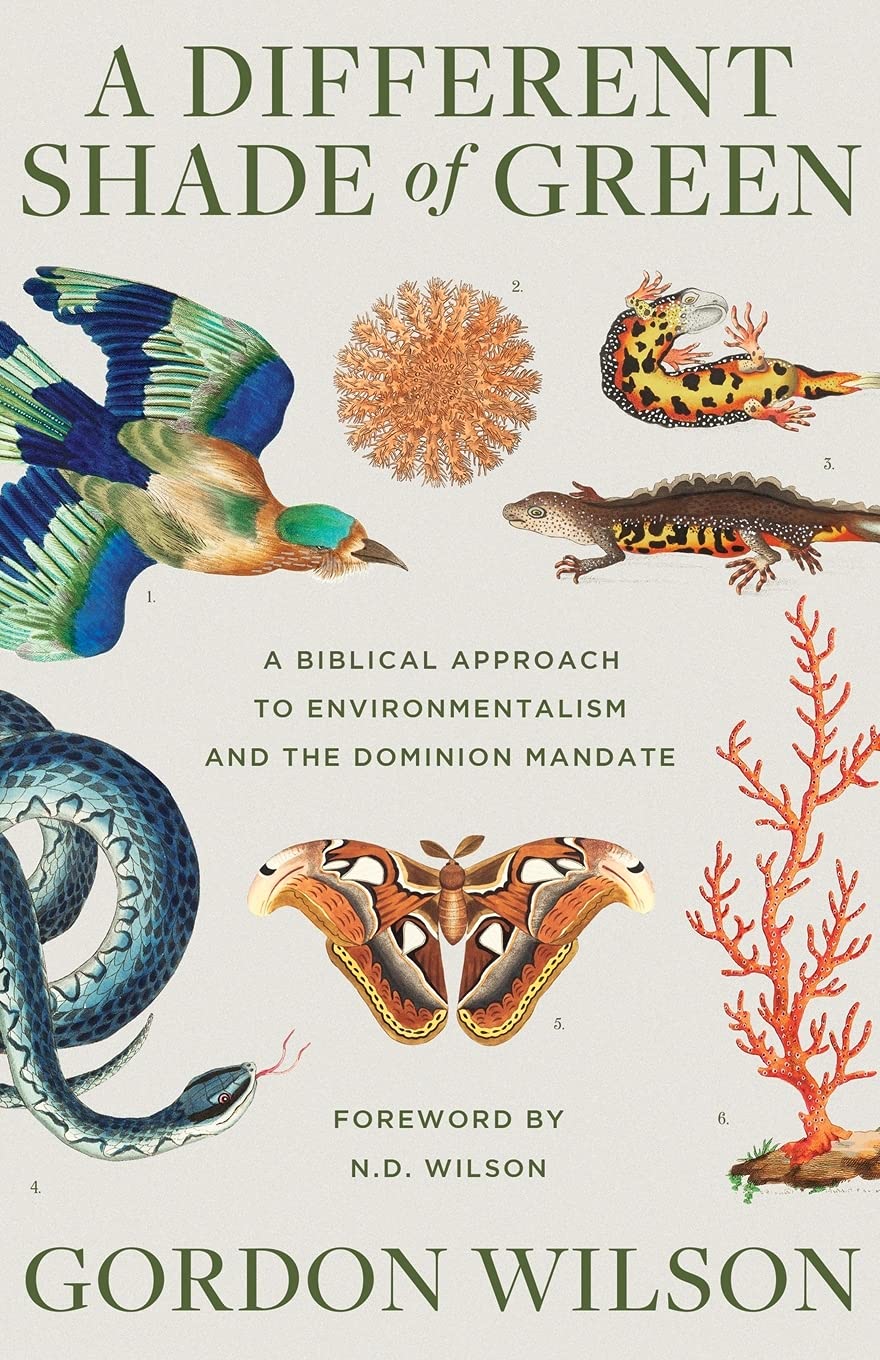Even the date was significant. On Monday, February 12 (the one hundred ninety-second anniversary of Charles Darwin’s birth), two groups of scientists released the results of their continuing studies into the human genome. This date was chosen since it is the understanding of most modern scientists, that details in the genetic code should give us spectacular insights into the process of evolution. But there were many surprises in the data. What did the results mean?
It was less than a year ago that competing teams of scientists (the Human Genome Project team financed by the US National Institutes of Health and Britain’s Wellcome Trust; and the privately funded Celera Genomics Inc. of Rockville, Md.) jointly announced that they had achieved a basic draft of the genetic code for humans. But what did the endless patterns of four nitrogen bases, represented by the letters A, T, G or C, actually mean? Computer search engines would soon, it was hoped, mine the data for similarities to the genes of organisms already studied. Comparisons would be made with the genomes (genetic code) of the fruit fly, small roundworm, yeast and tiny mustard plant. The computer would look for similarities in patterns of these 4 nitrogen bases to known genes in these other organisms. The computers duly carried out their arduous tasks and now some preliminary results were available.
The really big surprise was the small number of genes discovered in the human genome. The traditional definition of gene is that it represents the instructions needed to produce one type of protein molecule. Naturally, complex organisms would be expected to have more genes than simpler organisms. The tiny roundworm, less than 1 mm long for example, has 19,000 protein coding genes and 800 other genes which code for other functions. The human genome obviously would be expected to be much larger. For years, the estimate of 100,000 genes had been bandied about. But at the news conference, the number of human genes was estimated to lie between the values of 25,000 and 40,000 genes. The idea that humans contain, at most, only twice as many genes as roundworms, seemed ridiculous in the extreme. Stephen Jay Gould remarked that the roundworm “looks like a tiny formless squid with virtually no complex anatomy beyond its genitalia.” (New York Times February 19, 2001). The fruit fly, by way of comparison, with more cells in its compound eye than in the entire roundworm, has only 13,000 genes. Moreover the tiny mustard plant contains 26,000 (perhaps as many as a person).
A number of questions arise from the numbers quoted above. Are we really certain there are so few human genes? No, not really. But the same methods have been used on the other organisms, so one might expect the numbers to be equally reliable. These are just very preliminary estimates however. Nevertheless, according to the techniques we presently have for comparing the order of nitrogen bases, about one half of our genes are similar to those described in one or more of the worm, fruit fly, yeast or mustard plant. In addition, in each organism studied thus far, about one third of the proteins appear to be unique to that organism. Moreover 223 genes in people appear to be almost identical to bacterial genes. There are also 740 genes in people that code for non-protein molecules. But the vast bulk of the human genome actually consists of larger or smaller sequences that repeat themselves almost endlessly. In fact the genes themselves occupy at most about 1.5% of the total DNA.
The next obvious question follows, if there are so few human genes, does this mean we are less complex than we thought? It is evident that our special characteristics, our complex bodies, our consciousness, speech and behaviour are entirely unaffected by any announcements coming from teams of molecular biologists. Yet the question remains as to how so few pieces of information can determine the wonder of humanity. One part of the answer is that each cell is able to read the encoded information in many different ways. Thus a large number of proteins can be read by varying the order in which parts of the code are read, and by omission or inclusion of some other pieces of information. This phenomenon is called alternative splicing, and it seems to be an important part of human cell biology.
Alternative coding notwithstanding, the chemical composition of the human gene code provides few insights into what it means to be human. Expert after expert articulated this fact. Gerald Rubin remarked “we cannot escape the conclusion — drawn previously from comparisons of simpler genomes — that physical and behavioural differences between species are not related in any simple way to gene number.” (Nature 409 Feb. 15/01 p. 820) Colleague David Baltimore echoed these sentiments when he stated that “it is clear that we do not gain our undoubted complexity over worms and plants by using many more genes.” (Nature p. 816). Indeed, he insisted “What makes us human … cannot be answered by staring at a genome.” (p. 816) Indeed the disappointment seemed almost universal. In the same issue of Nature Peer Bork and Richard Copley concluded that “the challenge we face is nothing less than understanding how this comparatively small set of genes creates the diversity of phenomena and characteristics that we see in human life.” (p. 820). And an analyst in the National Post, Matt Ridley summed it all up when he said “The search for what makes a human being will go on, but it now seems unlikely the raw sequence of the genome will reveal it.” (February 14).
Many scientists had hoped to find a chemical explanation for human nature. Unfortunately none was evident in the DNA molecules. Stephen Jay Gould, always the original thinker, chided everyone for imagining that “in discovering how to unlock some systems, we had found the key for the conquest of all natural phenomena.” He assured his readers that we will never be able to determine the characteristics of an organism by merely looking at the level of the genes. Thus, he said “organisms must be explained as organisms, and not as a summation of genes.” (New York Times Feb. 19/01) This has not been a popular view up to this point, but creation model supporters would certainly agree.
There were nevertheless some interesting lessons to be learned from the human “gene deficit”. Tom Abate, in the San Francisco Chronicle (Feb. 19/01), described an interview with Gene Myers of Celera Genomics, the computer analyst who calculated the order in which millions of DNA fragments should be arranged to represent the true sequence of nitrogen bases in the chromosome. Dr. Myers was enthusiastic about the results of these studies. “We’re deliciously complex at the molecular level.” he exclaimed. And he elaborated “What really astounds me is the architecture of life. The system is extremely complex. It’s like it was designed.” And he finished with this clincher “There’s a huge intelligence there.”
Other analysts, perhaps unintentionally, also suggest a strong element of design in the human genome. Matt Ridley, in National Post, likens us to a musical composition: “The human symphony, in other words, consists almost entirely of old tunes stolen from other works. Unique we are, but not made from unique parts.” (Feb. 14/01) In addition, David Baltimore, in Nature, likens the genome to a building composed of salvaged materials. “The history is one of new architectures being built from old pieces. …. apparently bacterial genomes can be direct donors of genes to vertebrates.” (p. 816) It seems that we have heard this design theme before, but in a slightly different context. Simon Conway Morris, seeking to explain some unexpected genes in many organisms, hit upon the idea of an imaginary toolbox. From the total range of genes available in the toolbox, various selections would be conferred on one organism type, and other selections on other organisms. (Cell vol. 100 January 7/00 pp. 1-11, see p. 11) All these metaphors feature someone who makes choices. The agent making the choices certainly sounds like a supernatural (apart-from-nature) designer.
So what have we learned? The human genome, outwardly simple, is actually far more complicated than we had imagined. This gene deficit was indeed a major blow to the neo-Darwinian synthesis since it had been assumed that natural selection, working on variations in gene expression, would serve to determine the essential characteristics of each organism and thus the course of evolution. Now we have found out that many diverse pieces of information, found in a variety of other organisms, are strung together to produce something completely unique. Explanations involving natural selection are nowhere to be found. In addition, in the human genome there are some genes which we have not seen elsewhere and huge stretches of DNA with as yet undiscovered functions. We can be sure nevertheless that this material is there for a purpose. Evolutionary theory itself suggests that useless elements would soon be lost because there is no selection for them. The whole human ensemble positively shouts “design”! We are amazed, humbled and awestruck. Of course we can’t answer the question “what is man” by looking at the genome. But we do see the hand of God therein.
Margaret Helder
April 2001
Subscribe to Dialogue







